ALFRED SISLEY (1839-1899)
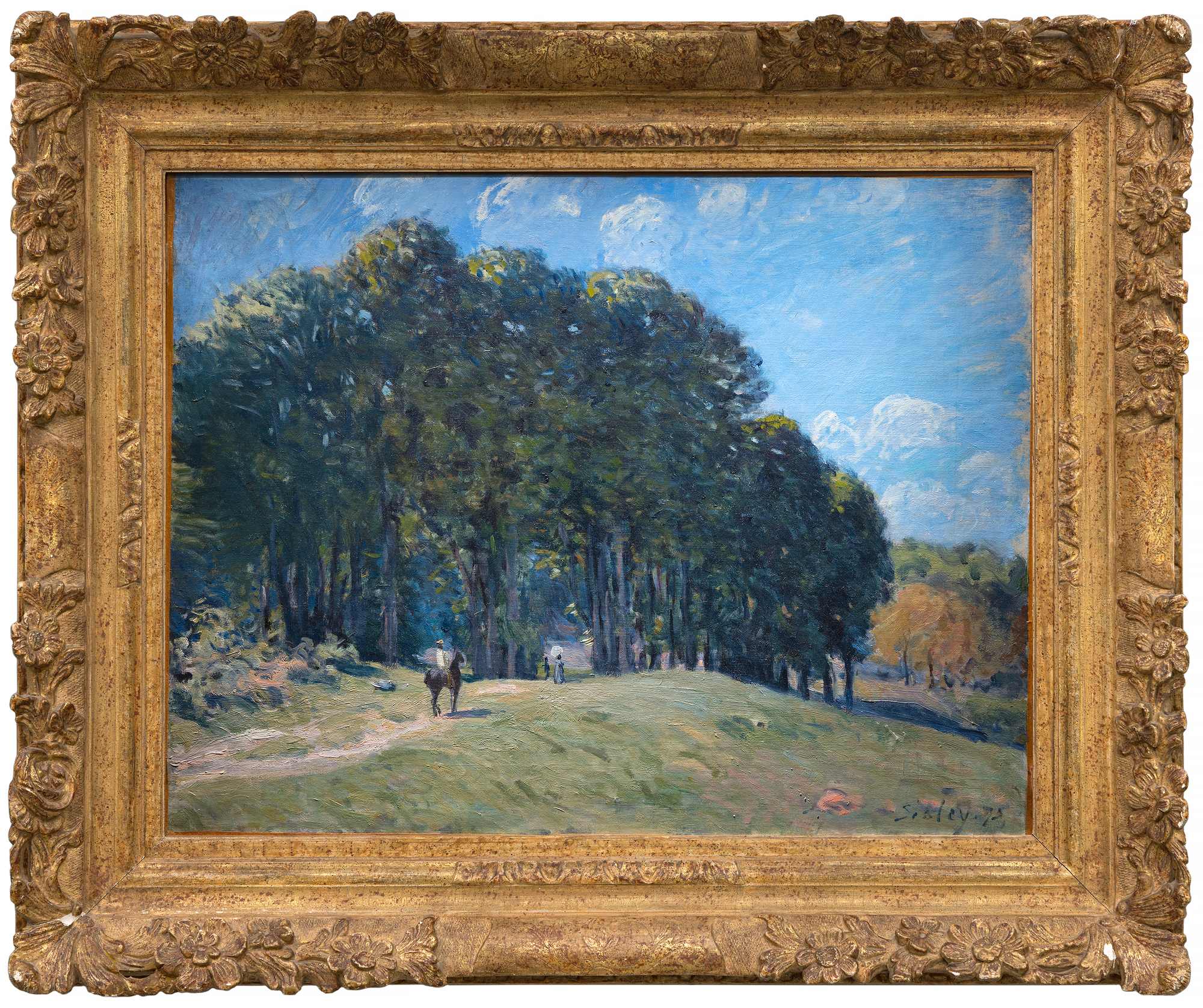
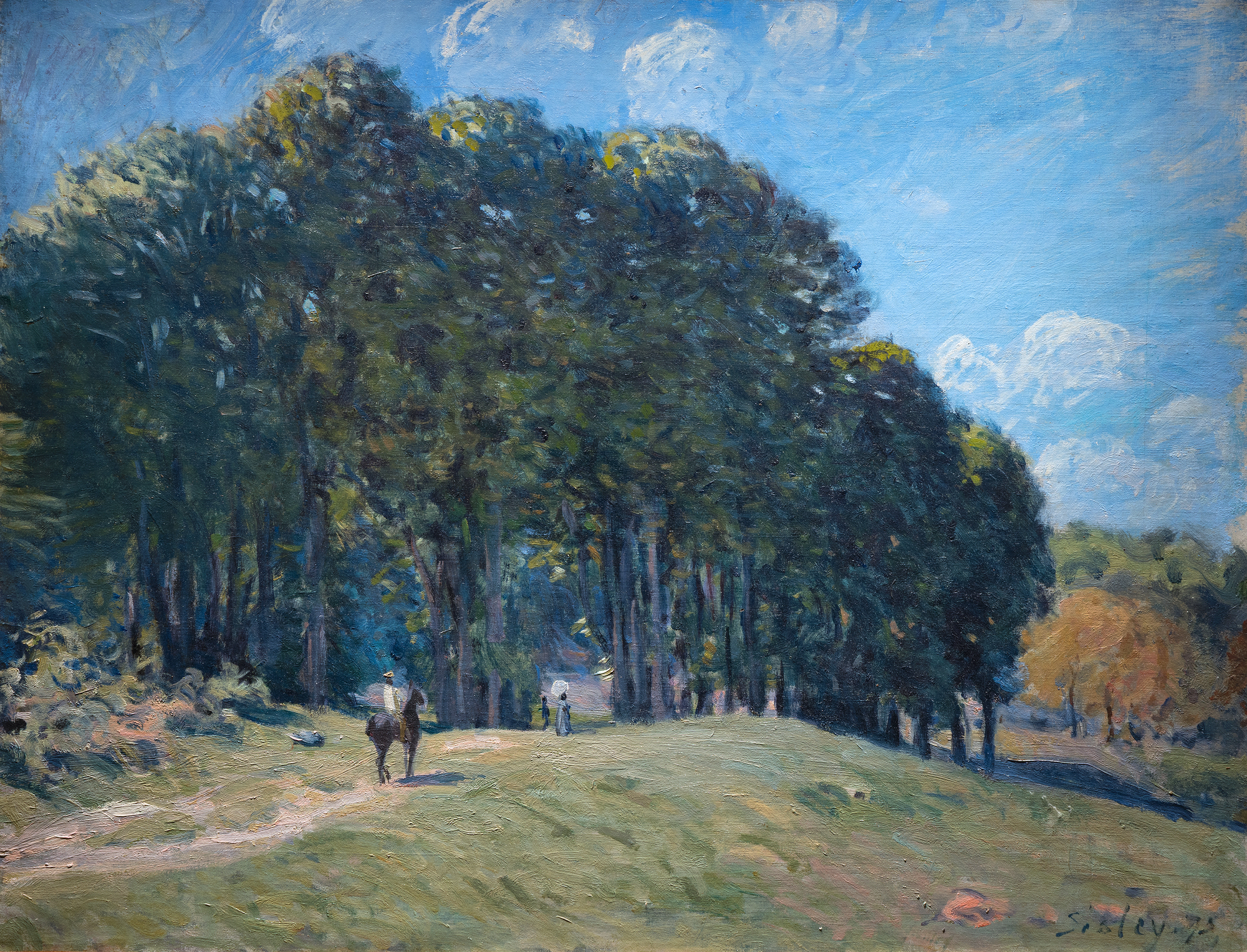
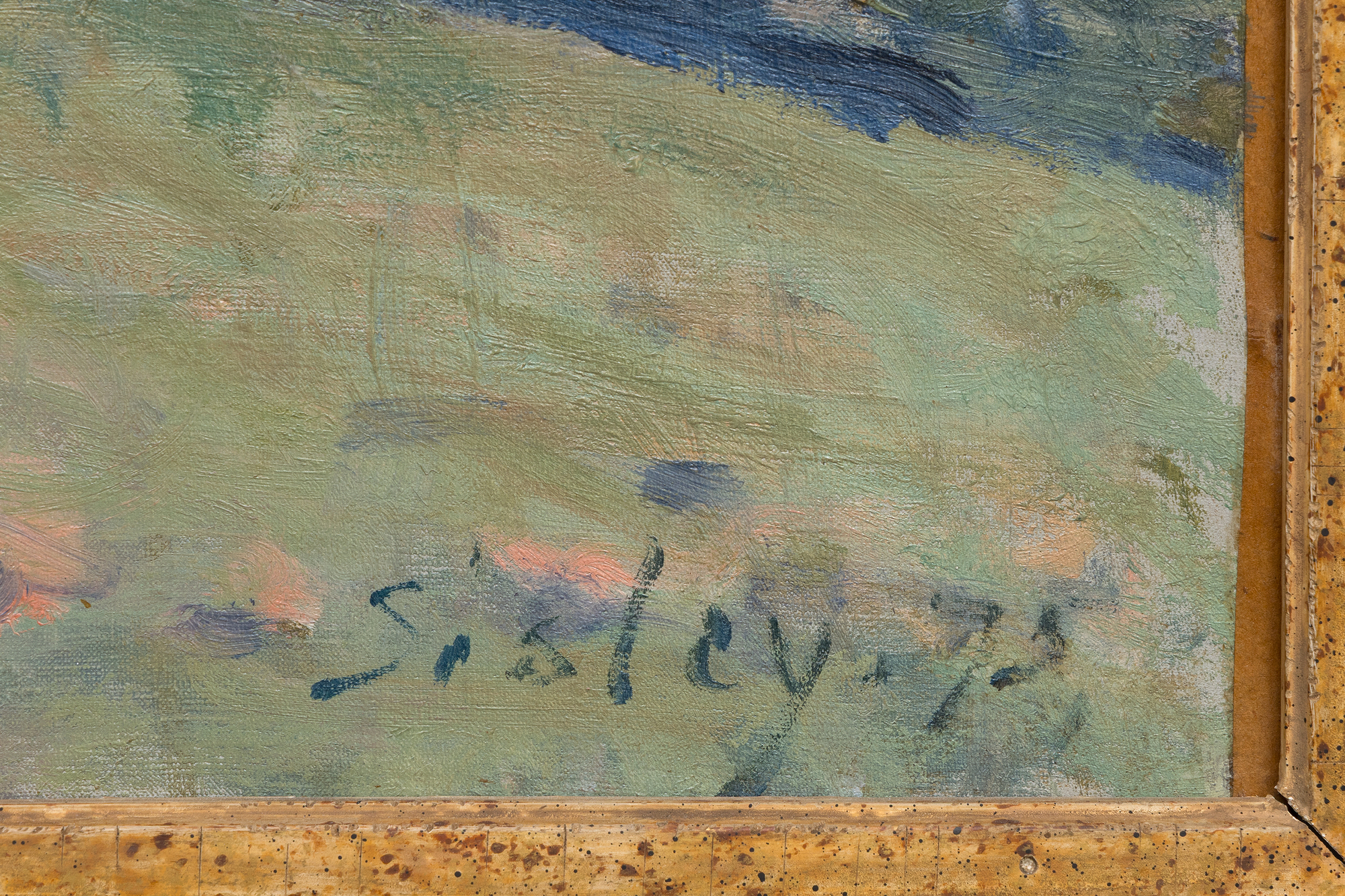

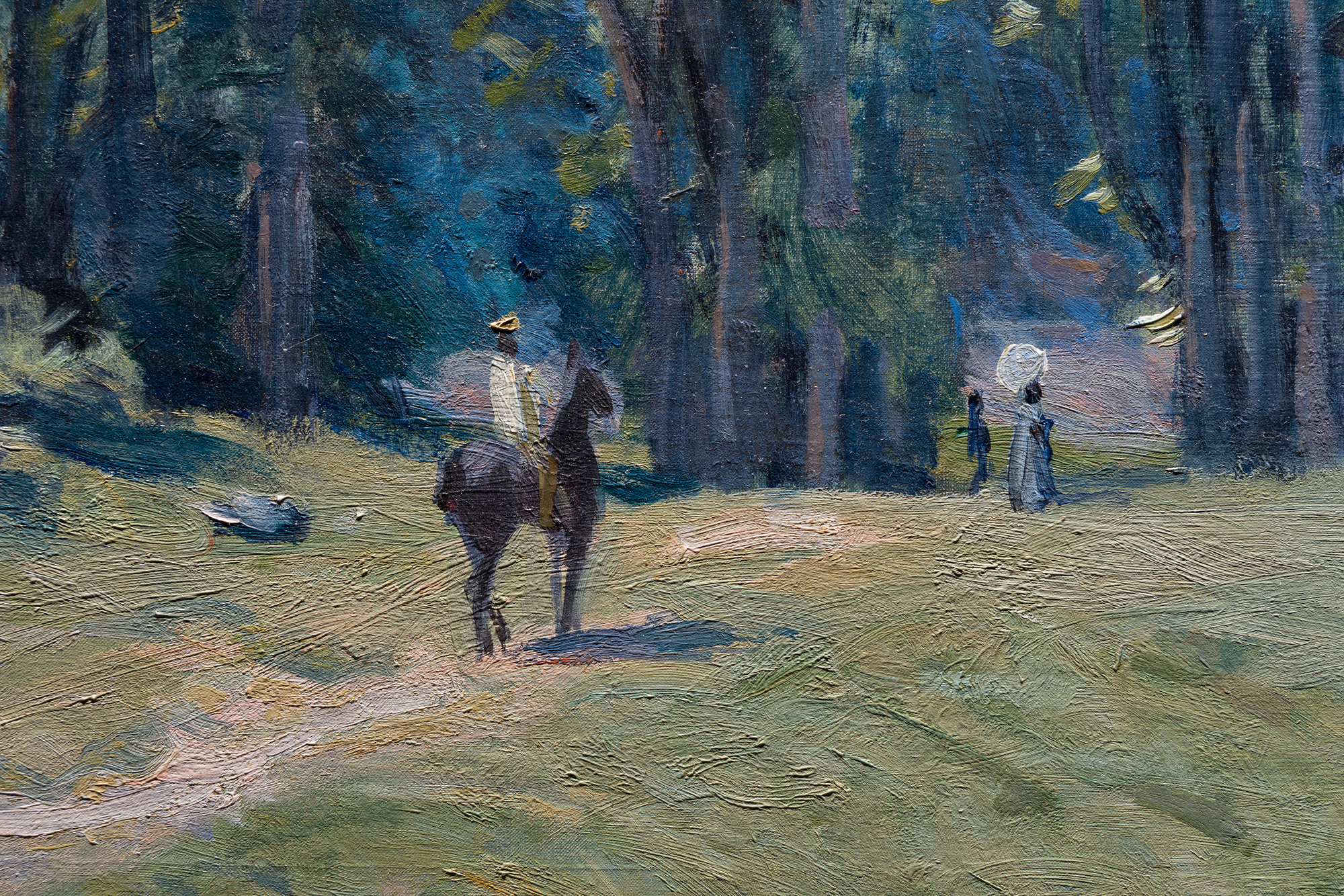
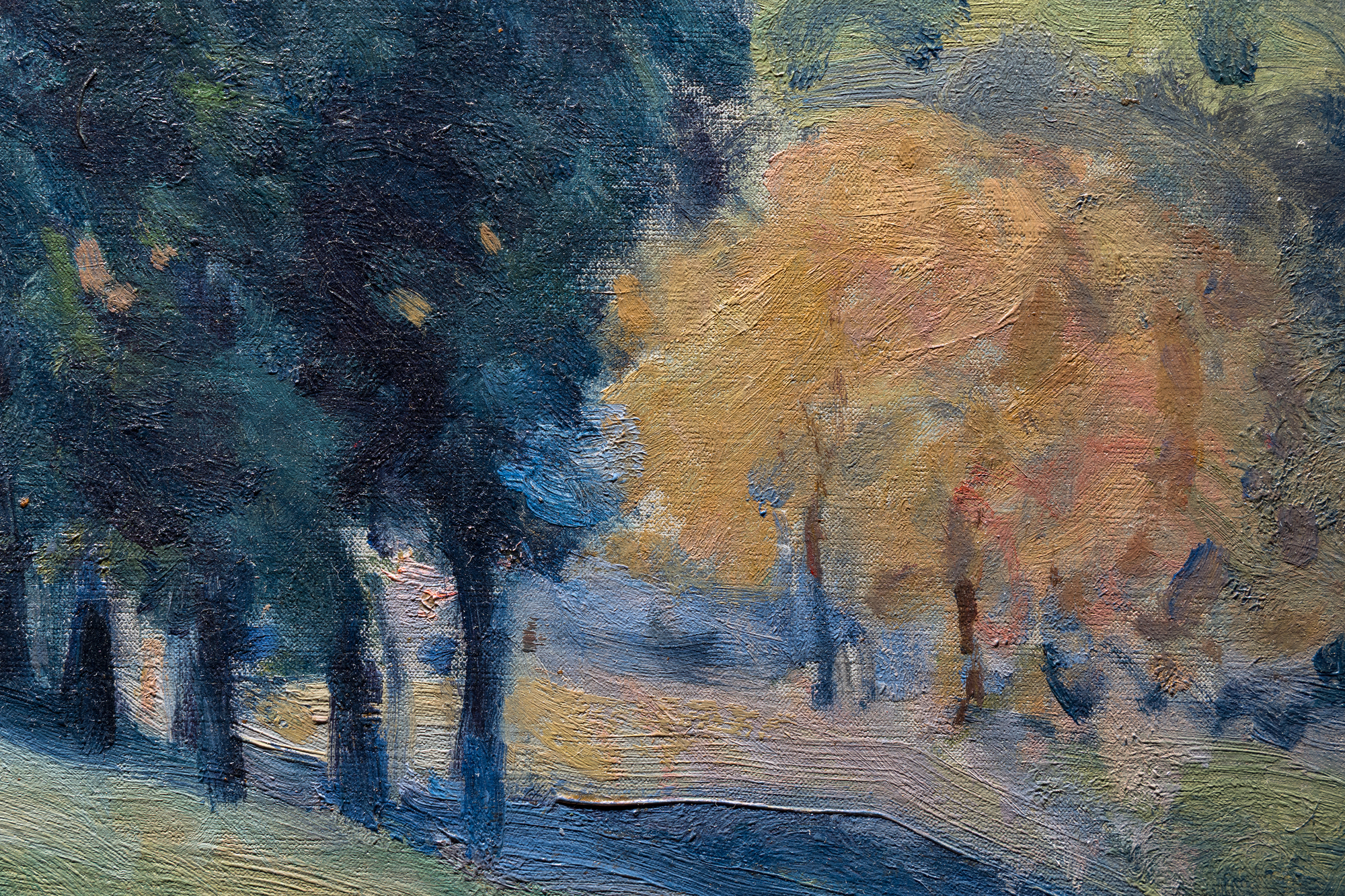
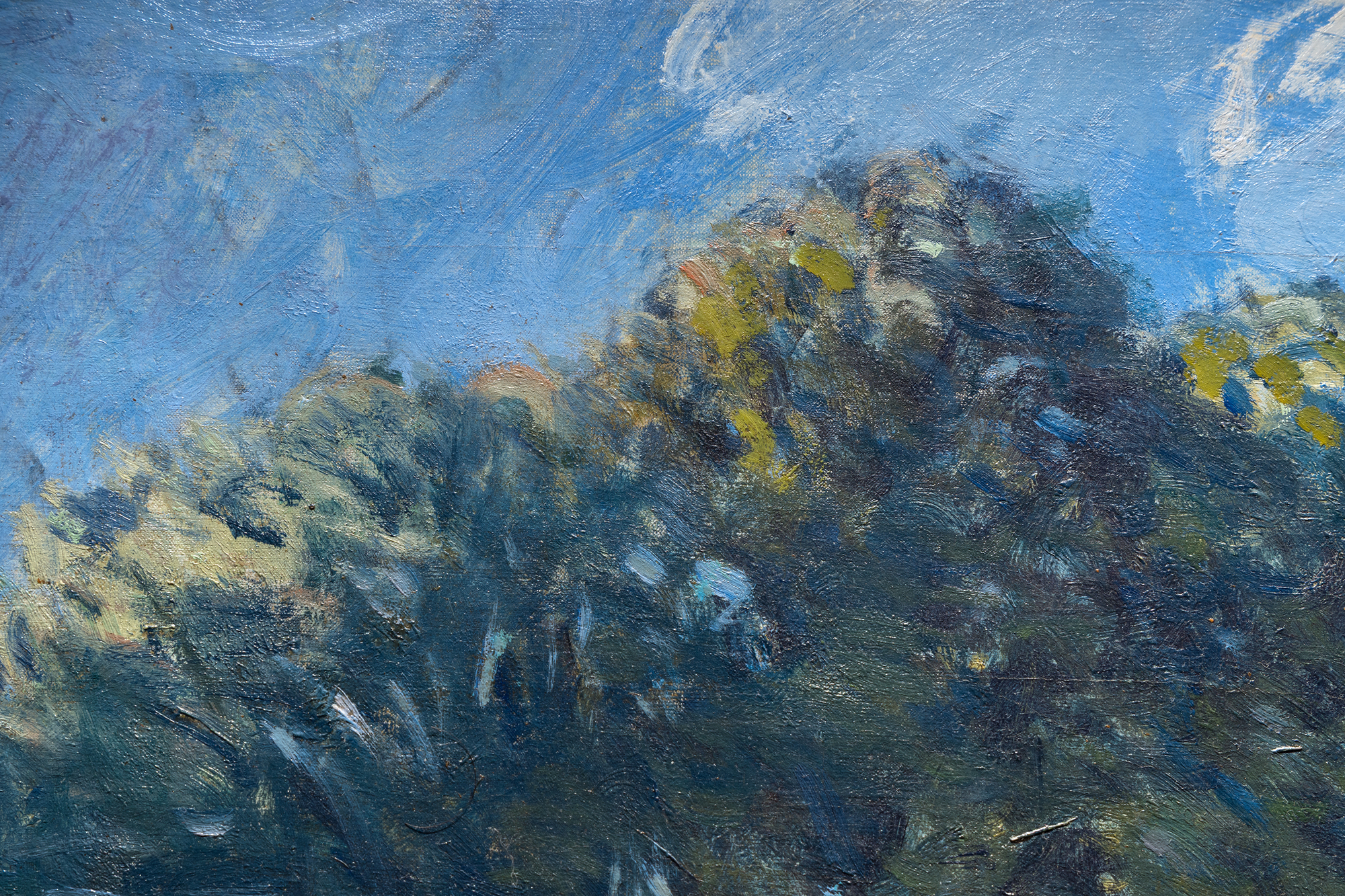
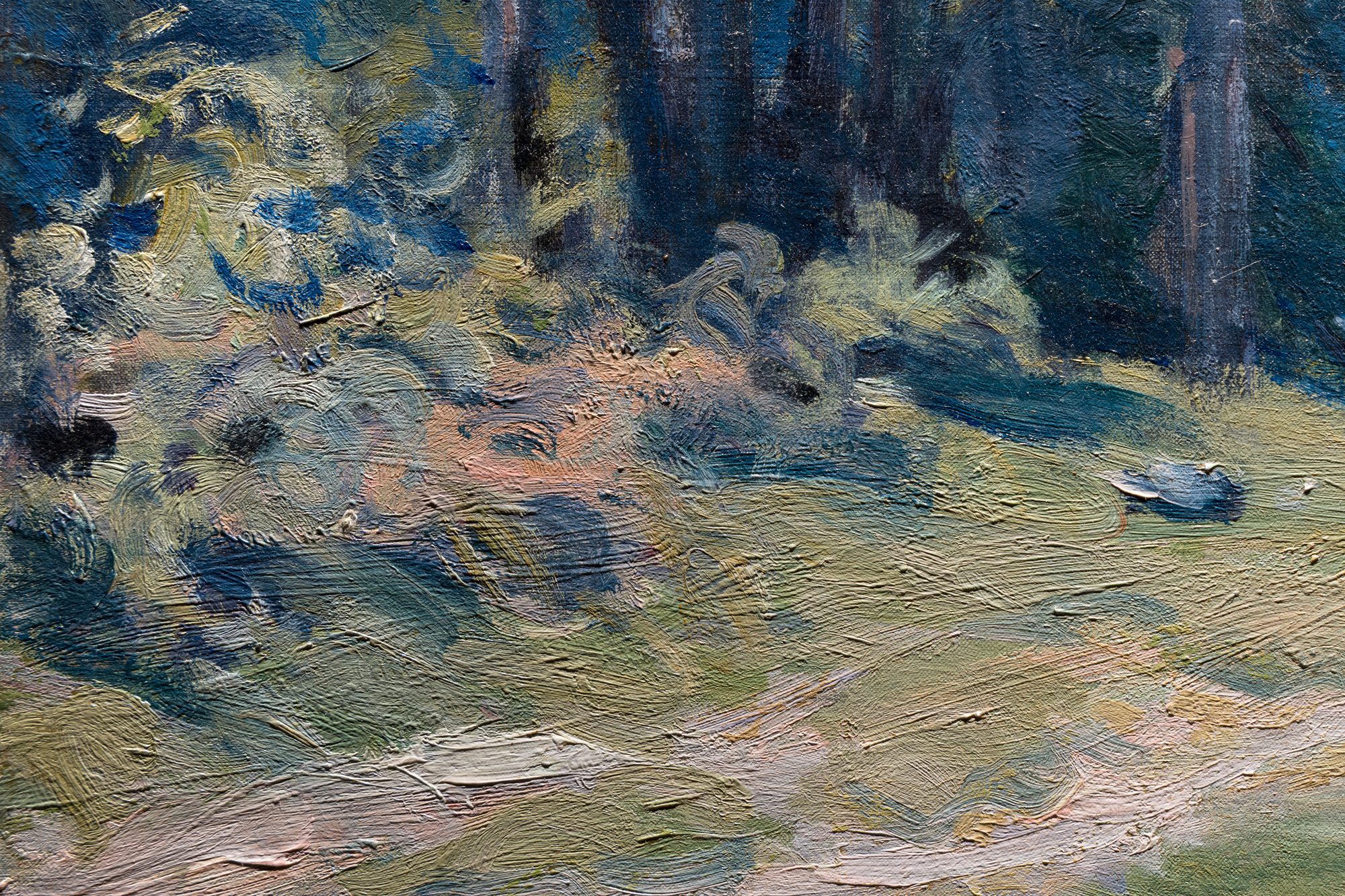
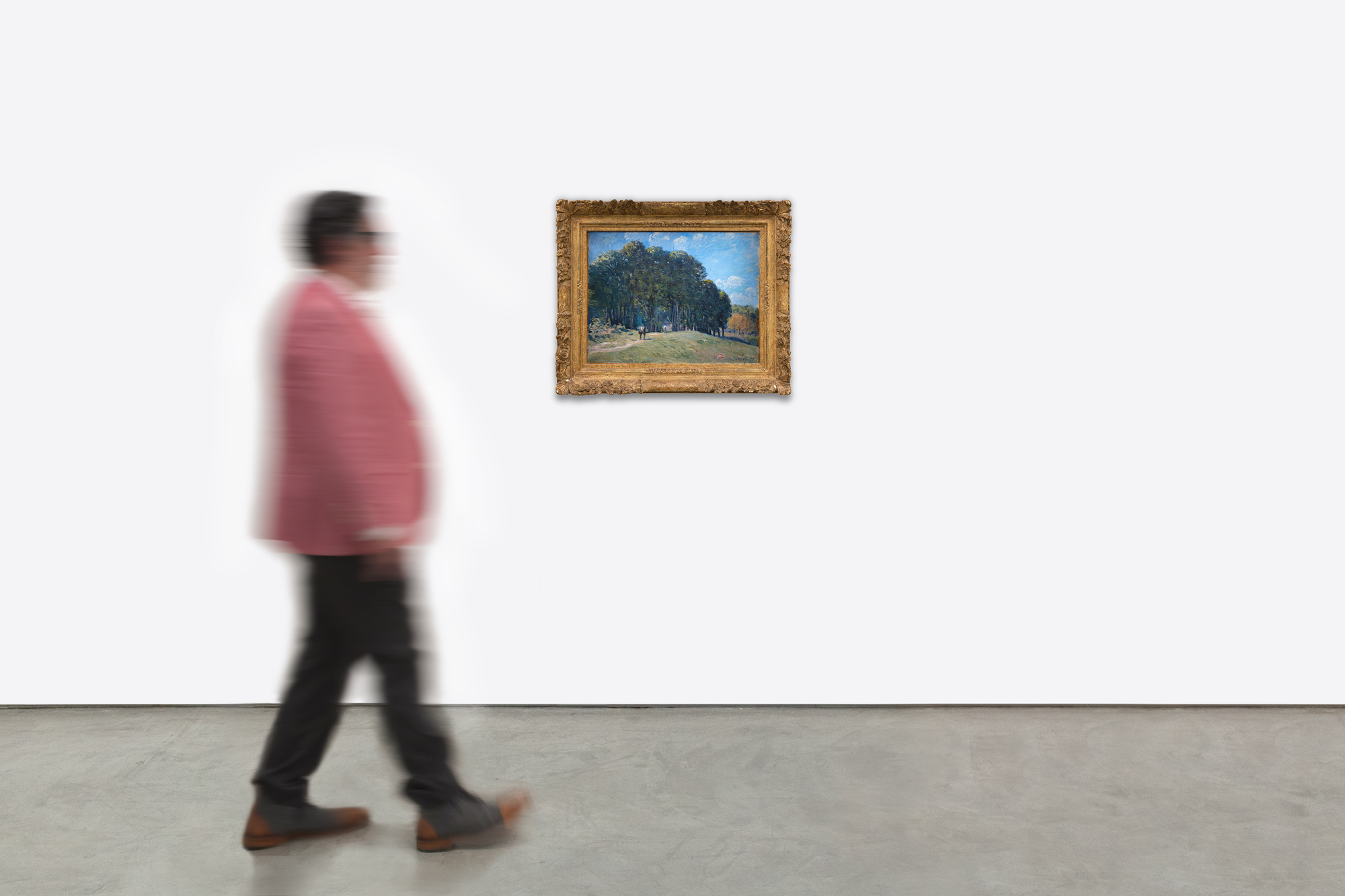
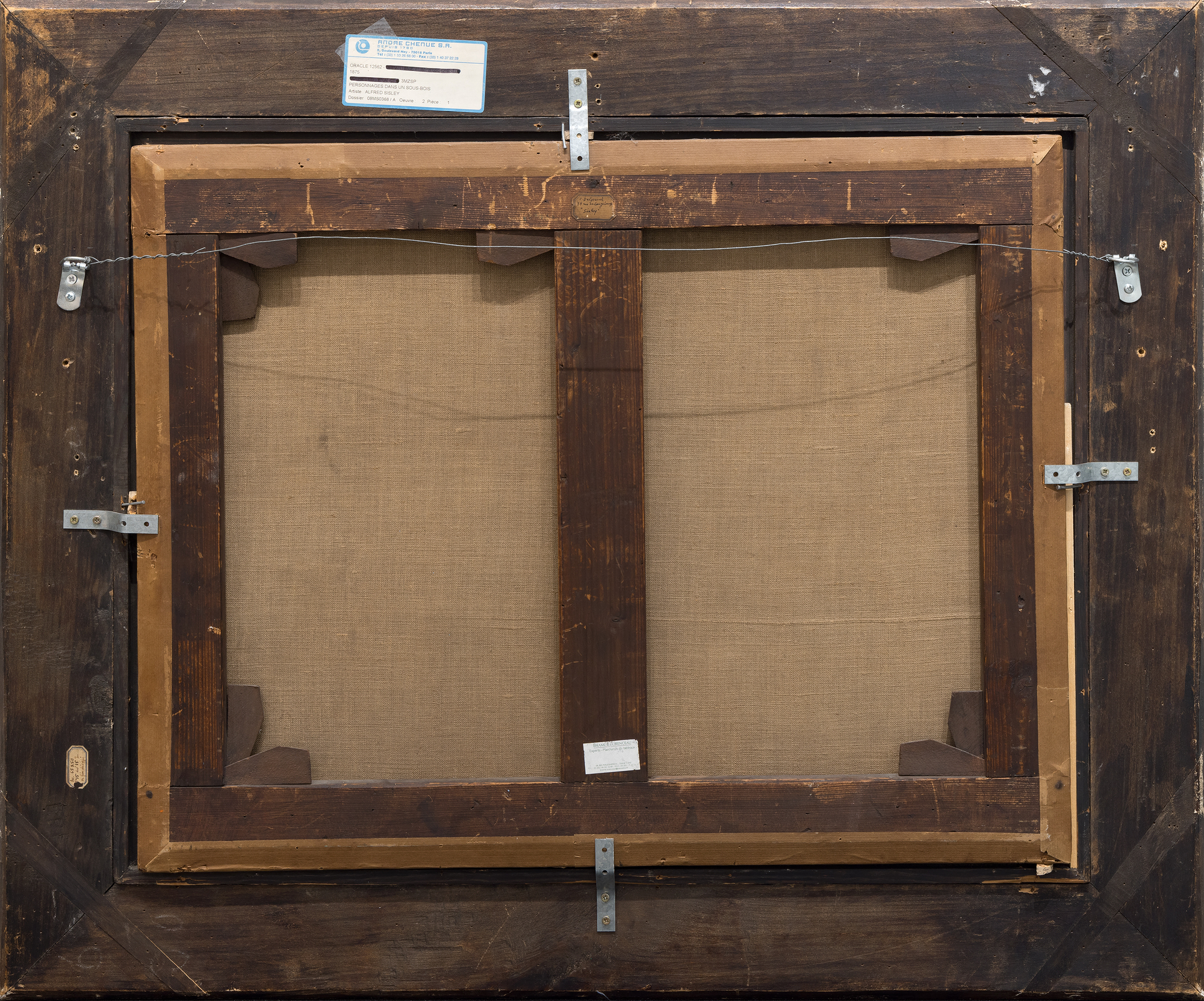
Provenienz
Dubourg, ParisHôtel Drouot, Paris, 24. November 1903, Nr. 27
Jacques Balsan, Paris
Privatsammlung, Frankreich, 1950er Jahre
Privatsammlung, durch Abstammung von oben
Privatsammlung, Florida
Literaturhinweise
Sylvie Brame & François Lorenceau, Alfred Sisley - Catalogue raisonné des peintures et des pastels, Paris, 2021, Nr. 196, S. 104Preis1,900,000
Sisleys Umzug nach Marly-le-Roi, getrieben von seiner Liebe zum Grün und der Notwendigkeit, seine junge Familie inmitten finanzieller Schwierigkeiten nach dem Deutsch-Französischen Krieg zu unterstützen, prägte dieses Werk. Es wurde nach den enttäuschenden Verkaufszahlen der Impressionistenausstellung von 1874 gemalt und zeugt von Widerstandsfähigkeit. Das diffuse Licht und die geometrische Komposition - Wege und Bäume vor einem weiten Himmel - erinnern an den sanften Dunst der Region. Camille Pissarro, ein enger Kollege, lobte Sisley als "einen großen und schönen Künstler, meiner Meinung nach ist er ein Meister, der den größten ebenbürtig ist" (Pissarro, zitiert in C. Lloyd, 'Alfred Sisley and the Purity of Vision', S. 5-33, M. Stevens (Hrsg.), Alfred Sisley, exh. cat., New Haven and London, 1992, S. 8). Der Katalog von Brame und Lorenceau aus dem Jahr 2021 weist darauf hin, dass 360 von Sisleys 1.013 Ölgemälden in Museen aufbewahrt werden, was sein Vermächtnis unterstreicht.
Dieses knappe, aber eindrucksvolle Werk bietet Sammlern einen seltenen Einblick in Sisleys Meisterschaft, die Schönheit der Natur mit impressionistischer Innovation zu verbinden.


